Billing Roll

Bar Code

BarCode Lables

BarCode Ribbons
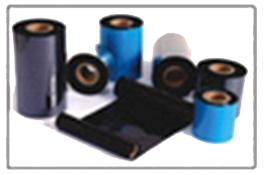
Tosiba BarCode Printer
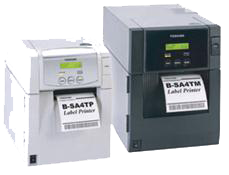
Zebra BarCode Printer
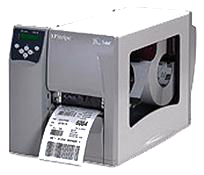
TSC BarCode Printer
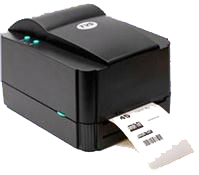
BarCode Scanner
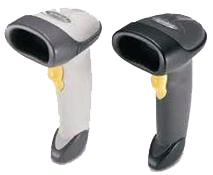
**For Details Click on Photos
A barcode is an optical machine-readable representation of data relating to the object to which it is attached. Originally barcodes systematically represented data by varying the widths and spacings of parallel lines, and may be referred to as linear or one-dimensional (1D). Later they evolved into rectangles, dots, hexagons and other geometric patterns in two dimensions (2D). Although 2D systems use a variety of symbols, they are generally referred to as barcodes as well. Barcodes originally were scanned by special optical scanners called barcode readers. Later, scanners and interpretive software became available on devices including desktop printers and smartphones.
A barcode verifier works the way a reader does, but instead of simply decoding a barcode, a verifier performs a series of tests. For linear barcodes these tests are:
Edge Determination,
Minimum Reflectance,
Symbol Contrast,
Minimum Edge Contrast,
Modulation,
Defects,
Decode,
Decodability
2D matrix symbols look at the parameters:
Symbol Contrast,
Modulation,
Decode,
Unused Error Correction,
Fixed (finder) Pattern Damage,
Grid Non-uniformity,
Axial Non-uniformity[25]
Sample BarCode



